So we are back from a whirlwind weekend camping trip with Neil’s family and I’ve just finally gotten all my ducks in a row at work and uploaded the pictures. We had such a blast, and although it rained, it was enough to keep the heat and humidity of Missouri summer at bay. We ate tons of great food, told stories and played musical chairs whenever one of the Kohler men (including Clive-o) farted. Clive even committed several acts of dutch-oven in the tent!
Clive’s big accomplishment however was conquering the lake for the first time. He’s no retriever, but he did get in the water, with and without the life jacket. He was such a little trooper. The first few times we carried him in he swam back to shore and ran to the jeep:
Eventually we coaxed him back in the water with his favorite tennis ball and a Nerf football. He enjoyed going in as long as he could touch the bottom and not have to doggie-paddle. He definitely loved camping. He ran constantly, dug in the dirt, rolled in leaves and snarfed up all the people food he could milk from Neil’s family. His nose was always to the ground smelling and searching out new things he thought might be edible. He ate sticks, leaves, bugs and tons of grass. By the end, he was completely worn out, and spent the ride home passed out on the floor of the jeep.
Camping with pets can be a great time, but its definitely not as easy as throwing some food and a leash in the car. There are definitely some preparations to make in advance to ensure your pet stays safe and happy:
Before you leave, know where you are going: Many state and national parks have rules that prohibit pets altogether or limit the areas you can bring them. Before leaving, research the park you’ll be staying in and the rules of the park regarding pets. For instance, Glacer National Park (where we’re headed in just over a month!) allows pets within the drive-in campgrounds, along roads and in picnic areas, but not on trails. A great place to start your search is the National Park Service.
Safety First: It may seem overly-paranoid, but plan for the worst. Know a veterinarian in the area, and have their contact info on hand (both on and off your cell phone). Make sure your pet is up-to-date on all vaccinations, especially rabies, and bring along a copy of their records in case it is needed. If you haven’t already, have an ID made with your name and phone number, and consider getting your pet chipped.
Pets vs. Wildlife: It’s important to know how your pet will adjust to nature. Research the local animals in the area and how your pet will affect their behavior. If barking attracts animals such as bears or coyotes, it is definitely best to leave them at home. Wild animals aside, make sure your pet is adequately protected from ticks, fleas, and other harmful pests. Also remember that pet food is no different than human food, and will attract animals. Therefore, store it as well as you do your own food.
While it might seem like a great idea to take your pet camping, some of their behaviors are often not conducive to the environment or the other campers around you. Excessive barking, aggression, or inclination to roam can quickly become nuisance, and most state and national parks have low tolerance for such behavior. Additionally, most if not all parks do not allow pets to be left unattended, hindering your own activities within the parks. If you’ve never taken your pet camping and are unsure of how they’ll do, visit local picnic areas, parks, or public areas. In the end, do what is best for your safety and the safety of those around you.
Stay tuned for Part 2 of our family camping trip and more tips coming tomorrow!
You may also like


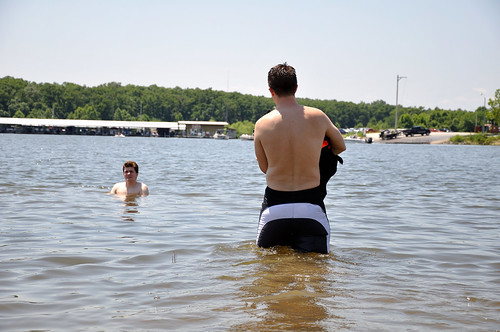

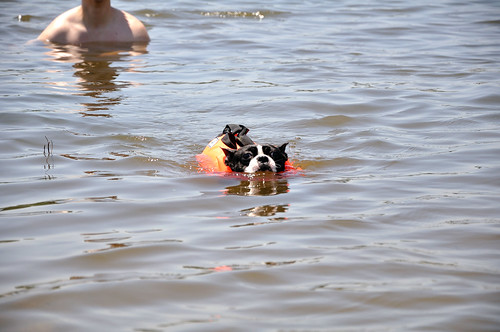
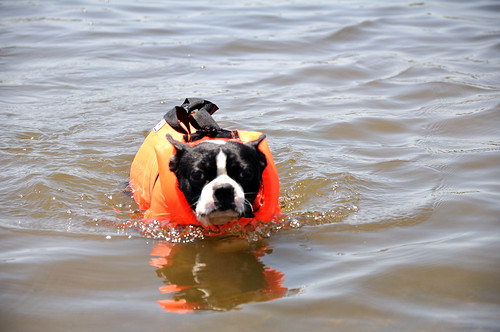
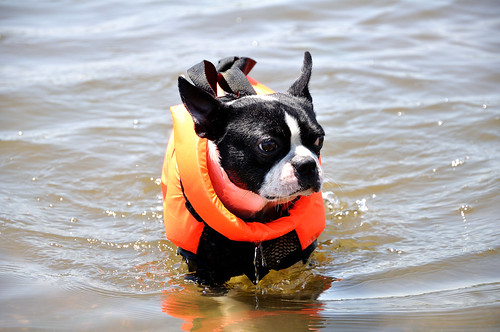
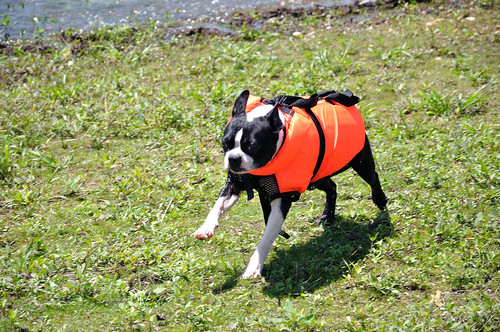






Where’s Nismo?
It was me